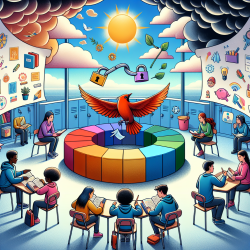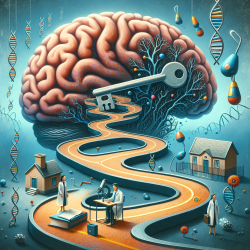Creating effective elementary lesson plans can be a delightful yet challenging task for educators. At TinyEYE, we understand the importance of crafting lesson plans that are not only educational but also engaging and fun for young minds. Here, we share some tips and ideas to help you develop lesson plans that will captivate your students and enhance their learning experience.
Incorporate Interactive Activities
Interactive activities are a great way to keep students engaged and make learning enjoyable. Consider incorporating the following into your lesson plans:
- Hands-On Projects: Activities like building models, conducting simple experiments, or creating art projects can make abstract concepts tangible and memorable.
- Group Work: Collaborative tasks encourage teamwork and communication skills. Assign group projects where students can work together to solve problems or create presentations.
- Technology Integration: Utilize educational apps and online resources to make lessons more dynamic. Interactive games and virtual field trips can provide a fresh perspective on traditional subjects.
Use Storytelling Techniques
Storytelling is a powerful tool in education. It helps students connect with the material on a personal level and makes lessons more relatable. Here are some ways to incorporate storytelling into your lesson plans:
- Read-Aloud Sessions: Choose books or stories that align with your lesson objectives and read them aloud to the class. Discuss the themes and characters to deepen understanding.
- Student Narratives: Encourage students to write and share their own stories related to the lesson topic. This activity enhances creativity and reinforces learning.
- Role-Playing: Have students act out historical events, scientific concepts, or literary scenes. This immersive approach can make learning more engaging and memorable.
Incorporate Movement and Physical Activity
Physical activity is essential for young learners. Incorporating movement into your lesson plans can help students stay focused and energized. Consider these ideas:
- Brain Breaks: Short, physical activities like stretching, dancing, or simple exercises can help students reset and refocus.
- Outdoor Learning: Take lessons outside whenever possible. Nature walks, outdoor experiments, and physical education activities can make learning more dynamic.
- Kinesthetic Learning: Use activities that involve movement, such as acting out vocabulary words, using gestures to explain concepts, or creating physical representations of ideas.
Incorporate Arts and Creativity
Artistic activities can enhance creativity and make learning more enjoyable. Here are some ways to incorporate arts into your lesson plans:
- Visual Arts: Encourage students to draw, paint, or create collages related to the lesson topic. Visual representations can help solidify understanding.
- Music and Rhythm: Use songs, rhythms, and musical instruments to teach concepts. Music can aid in memory retention and make learning more fun.
- Drama and Performance: Have students perform skits, puppet shows, or dramatic readings. This can make lessons more interactive and engaging.
Incorporate Real-World Connections
Connecting lessons to real-world scenarios can make learning more relevant and meaningful for students. Consider these approaches:
- Field Trips: Organize visits to museums, science centers, or local businesses to provide hands-on learning experiences.
- Guest Speakers: Invite professionals from various fields to speak to your class about their work and how it relates to the lesson topic.
- Project-Based Learning: Assign projects that require students to solve real-world problems or create something useful. This approach encourages critical thinking and practical application of knowledge.
At TinyEYE, we believe that well-crafted elementary lesson plans can inspire a love for learning and set the foundation for future success. By incorporating interactive activities, storytelling, movement, arts, and real-world connections, you can create a dynamic and engaging learning environment for your students.
For more information, please follow this link.










